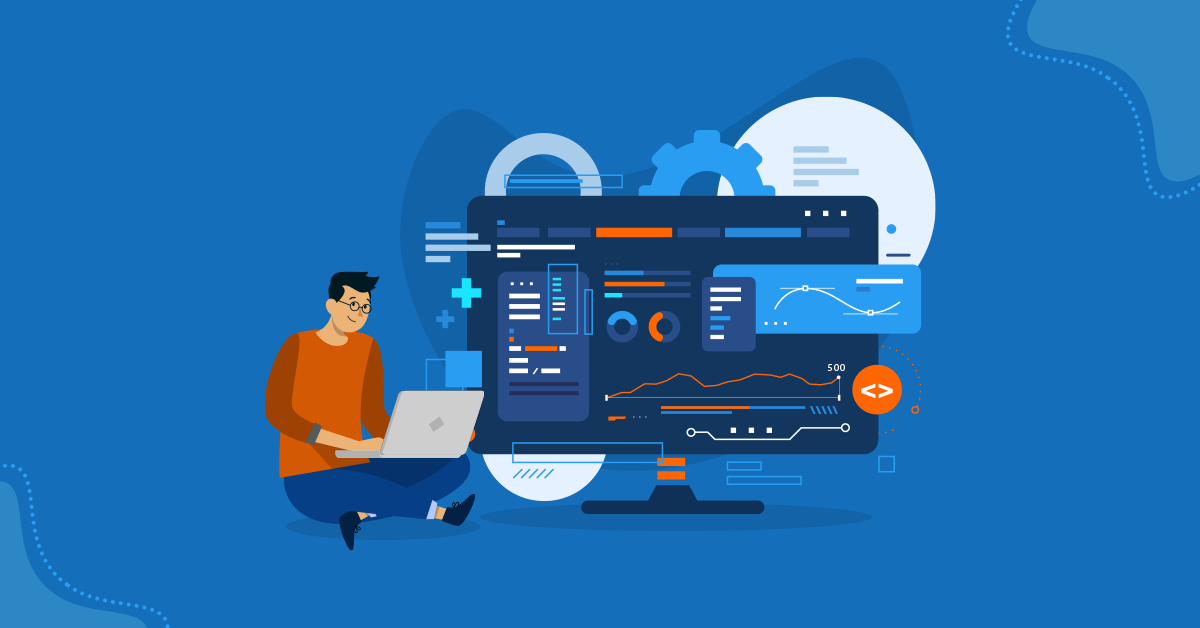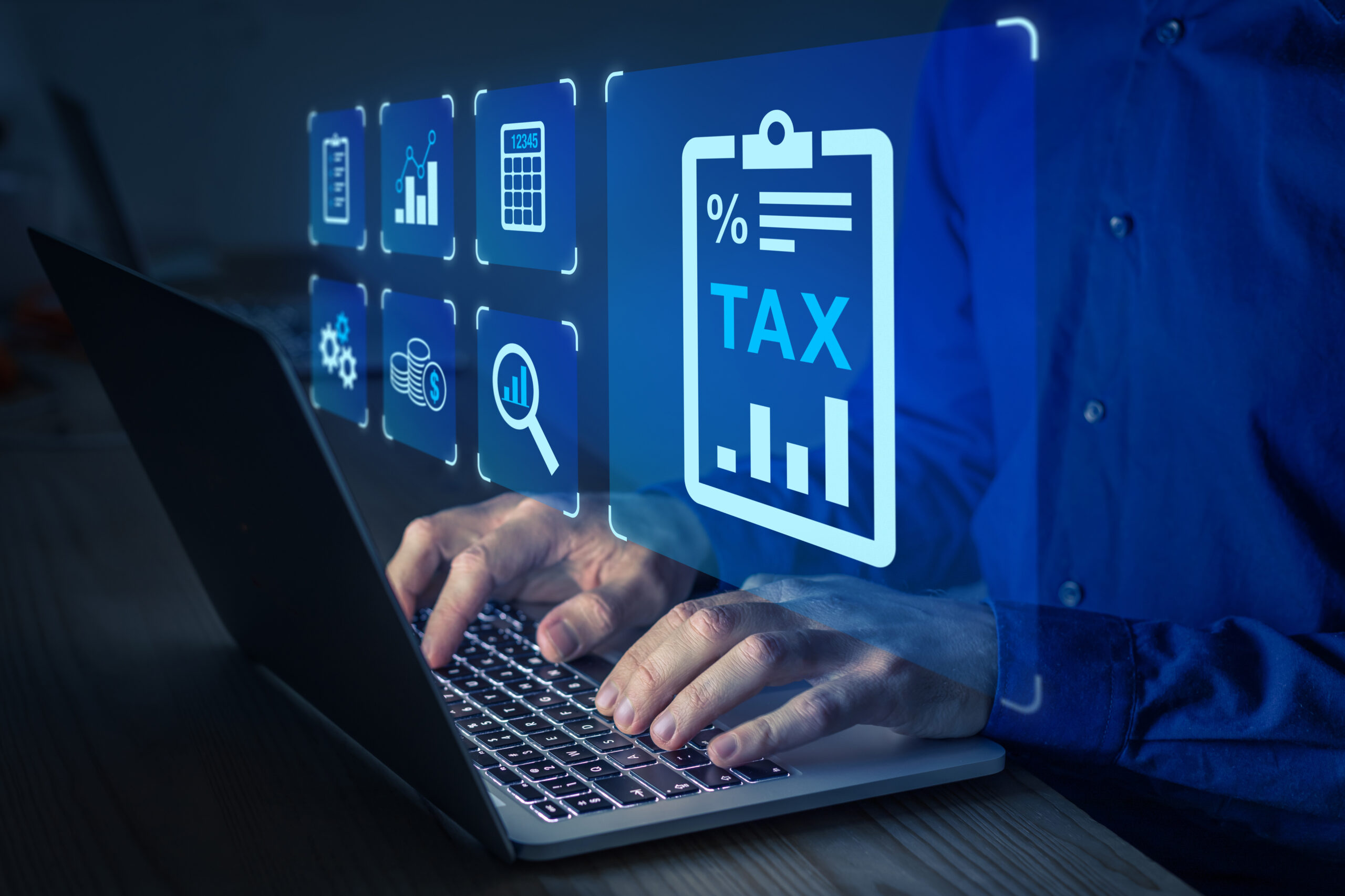For an increasing number of businesses, hybrid working is the standard. For many employees, even if some companies insist staff members go back to centralized offices, this simply isn’t practical. Perhaps the staff member was hired to work remotely. Alternatively the worker took the major life decision to relocate outside of the office.
This change poses a difficulty for management regardless of the demands of your company: how would you evaluate staff members’ output and work hours when you do not see each other often? The best employee time tracking software then becomes really important. Our top options are tested and ranked to help you choose the best fit for your company.
Benefits and drawbacks of employee monitoring
For most of us, the concept of someone keeping an eye on our computer usage is unpleasant at least. Our privacy is something we treasure, and that includes our PCs and other gadgets. Still, our expectations of privacy in the office have to be inevitably different from those in our personal life. Usually neither the tools we use nor the data that passes our desktops belong to us, whether we operate remotely or on our company’s facilities. Many companies thus have legitimate and even necessary reasons to keep an eye on how we make use of these resources during our working day.
Measurement of productivity is one factor. Unlike when employees all report to a central location, managers lack the same awareness into how a scattered staff uses their time. The same is true, for call centers, for example, when the workforce is huge and turnover is significant. Working from home questions the current system for tracking output, hence monitoring tools also must change. Furthermore, tracking employee time spent on particular tasks using monitoring technologies helps managers not only with the performance of individual employees but also with the effectiveness of present corporate processes in achieving corporate goals.
Sometimes this kind of activity tracking reveals negative behavior. Firewalls and other conventional security devices help to guard against internet-based threats rather well. Still, they are less successful against insider threats—where an employee has system access but utilizes it in ways against corporate policy. In these situations, a thorough activity log might constitute crucial forensic evidence for disciplinary action or, should the worst of circumstances be a lawsuit.
Often in serious examples of employee misbehavior is handling of sensitive data mishandled. This could indicate trade secrets, but it could also mean particular groups of data covered under government rules including Sarbanes-Oxley, HIPAA, or the GDPR of the EU. Remote employee monitoring software such as Controlio can help supply the data required for a compliance audit. More advanced systems can even identify or prohibit messages that seem to break rules before they are shared and check staff members’ departing files, emails, and chats. For preventing major data breaches, such steps can be quite helpful.
It’s equally crucial, though, to weigh the drawbacks of staff surveillance. Companies should give great thought to the degree and frequency of monitoring they wish to use. As was already noted, the idea that they are under observation could make many workers uneasy. Low morale resulting from an office climate of paranoia might cause staff turnover.
Furthermore noteworthy is the possibility that efforts at productivity monitoring may occasionally have the opposite effect than desired. Workers who know they are being compared against productivity targets may start to try to scam the system by spending time in the apps and websites they believe they should be using instead of on tasks with actual corporate benefit. Likewise, even if the reports reveal few issue areas, managers assigned to evaluate mountains of personnel monitoring data may devote excessive time to this process.
Employers should lastly give particular thought to the ethical and perhaps legal consequences of employee surveillance. Many of the systems we reviewed enable you to install monitoring capabilities on staff members’ machines without their knowledge in ways that evade detection. That does not suggest you should. Besides being the most intrusive kind of monitoring, this kind of covert observation might violate laws in different countries. Countries, states, provinces, and even towns have different opinions on this; so, exercise great caution.
Functions of Employee Monitoring Software
Beyond the basic time tracking tools of clock-ins, clock-outs, and task management, employee monitoring systems provide While some of the companies in this overview are basically tracking players that have included clever monitoring tools including keystroke logging, location tracking, and screenshots, others provide deep monitoring systems tracking all employee behavior. Particularly for big companies with thousands of call center shift workers scheduled on company machines, employee monitoring agents placed on these machines provide these companies total view and traceability into their activities.





